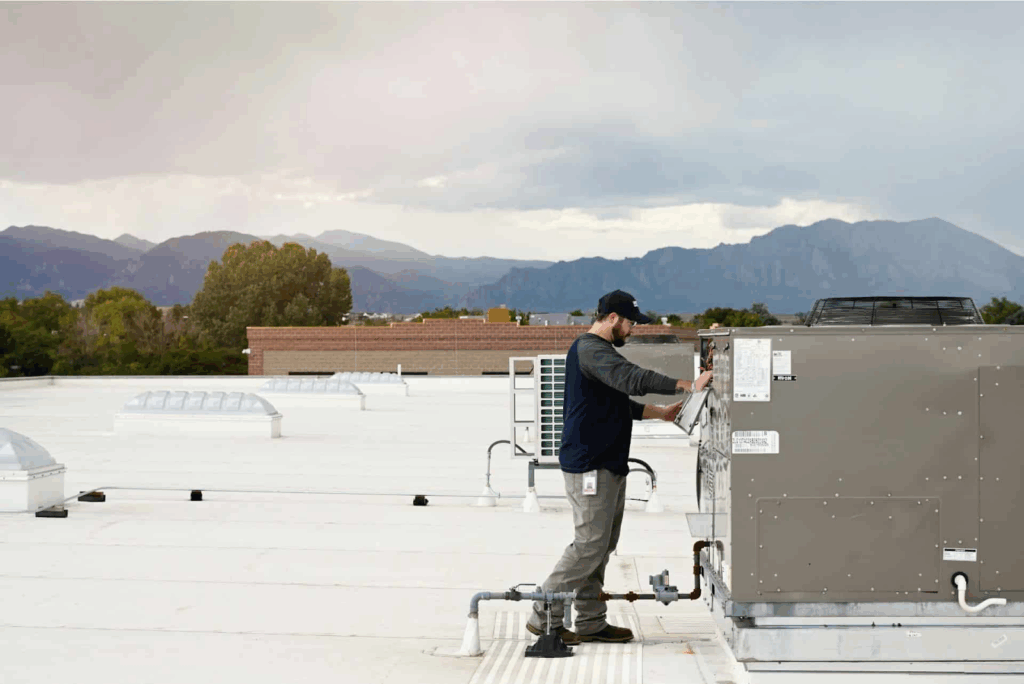Menu
close
While it may be an afterthought for many companies, bad air quality affects your entire team: their lungs, focus, and long-term health. If you're running a business, ignoring air quality is a risk—both legally and physically.
Regulations are in place for a reason. Here’s what you need to know about respiratory protection to keep your business and employees in top shape.
Air quality rules exist to protect people. OSHA, the EPA, and local regulators enforce these standards because exposure to airborne hazards can cause serious health problems. When businesses ignore them, it becomes a safety risk on top of a legal risk. Fines and lawsuits follow, but the bigger problem is the damage to your team. Common issues include too much dust, chemical fumes, poor airflow, and unsafe levels of VOCs.
Poor air quality leads to measurable health outcomes. In office environments, elevated levels of carbon dioxide (CO₂), volatile organic compounds (VOCs), and particulate matter (PM2.5) can cause fatigue, headaches, eye irritation, and reduced cognitive function. Long-term exposure may contribute to respiratory conditions and sick building syndrome.
In industrial settings—like manufacturing, laboratories, or construction—the risks escalate. Workers may face consistent exposure to airborne contaminants such as welding fumes, silica dust, chemical solvents, or isocyanates. These substances are linked to occupational asthma, chronic bronchitis, and other pulmonary disorders. Inadequate ventilation and lack of localized exhaust only worsen the exposure.
Whether it’s an office or a job site, air quality directly impacts worker health, absenteeism rates, and overall productivity.

Air quality compliance protects your people. When you follow the rules, you create a safer, healthier environment that helps employees stay focused and productive. You also build trust. Workers, of course, also notice when you take their health seriously. That can lead to better morale and less turnover.
A solid compliance program often includes:
If your employees are dealing with frequent headaches, coughing, or eye irritation, that’s not something to ignore. These symptoms often point to indoor air quality issues. Lingering chemical odors or visible dust buildup are also red flags. In many cases, outdated HVAC systems or poorly maintained exhaust fans are part of the problem—they’re simply not doing enough to keep the air clean.
Operations that involve welding, solvent use, combustion, or heavy equipment release fine particles and gases that require active controls, and you shouldn’t wait until you see signs of poor air quality to start taking precautions. Without active controls, exposure levels can rise quickly. Even something as simple as rearranging workstations or installing new machinery can throw off ventilation patterns and create new risks.
Respiratory protection means safeguarding your team’s health and keeping your business running smoothly. Ignoring it can lead to costly fines, higher absenteeism, and lower productivity, not to mention real human health issues.
The SP Group knows how to help you stay compliant and create a safer workplace. Our experts provide thorough comprehensive OHS assessments, compliance audits, and practical solutions created specifically to your facility’s needs.
Reach out for a free consultation today and take the first step toward a workplace that breathes a little easier.